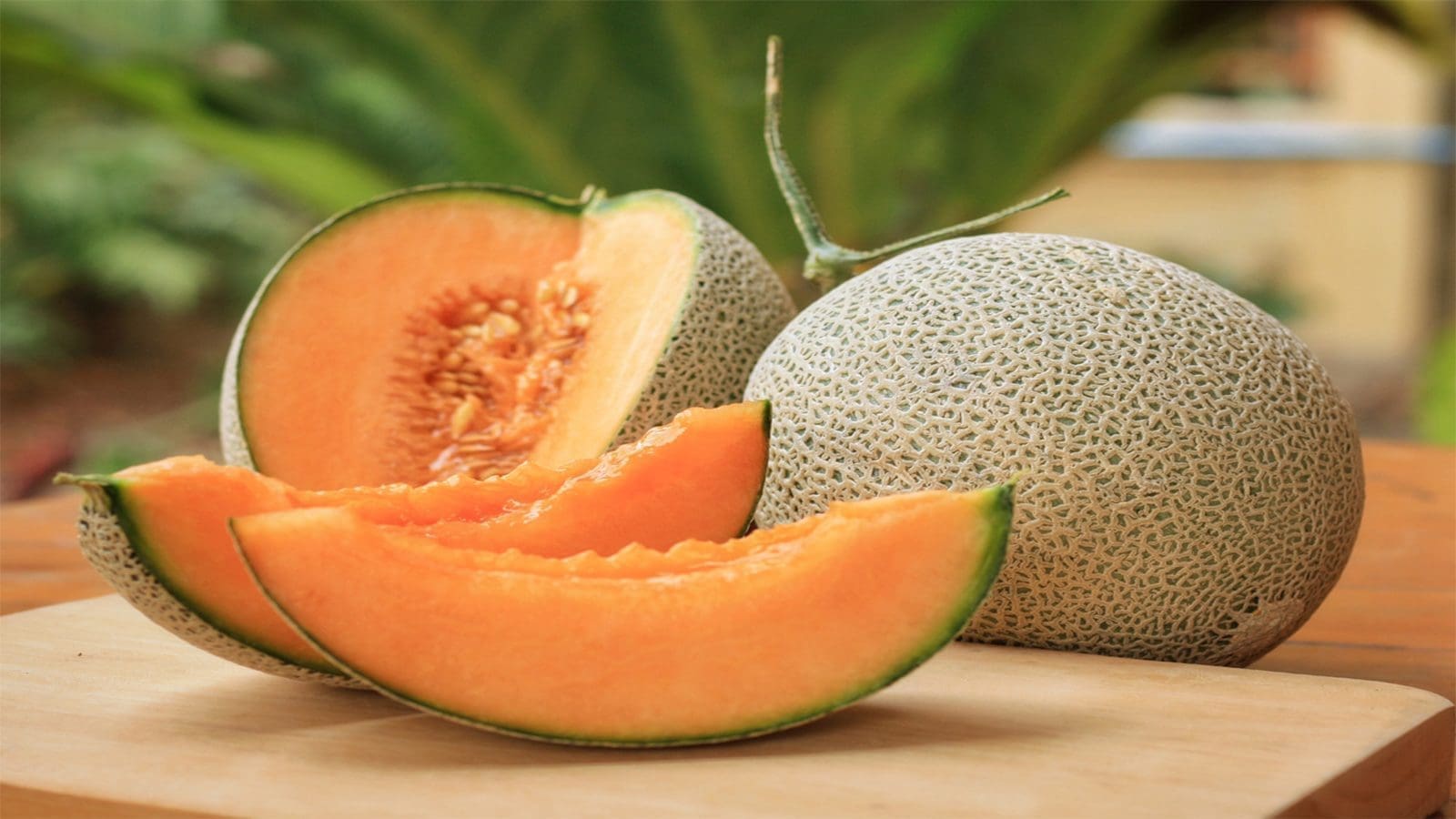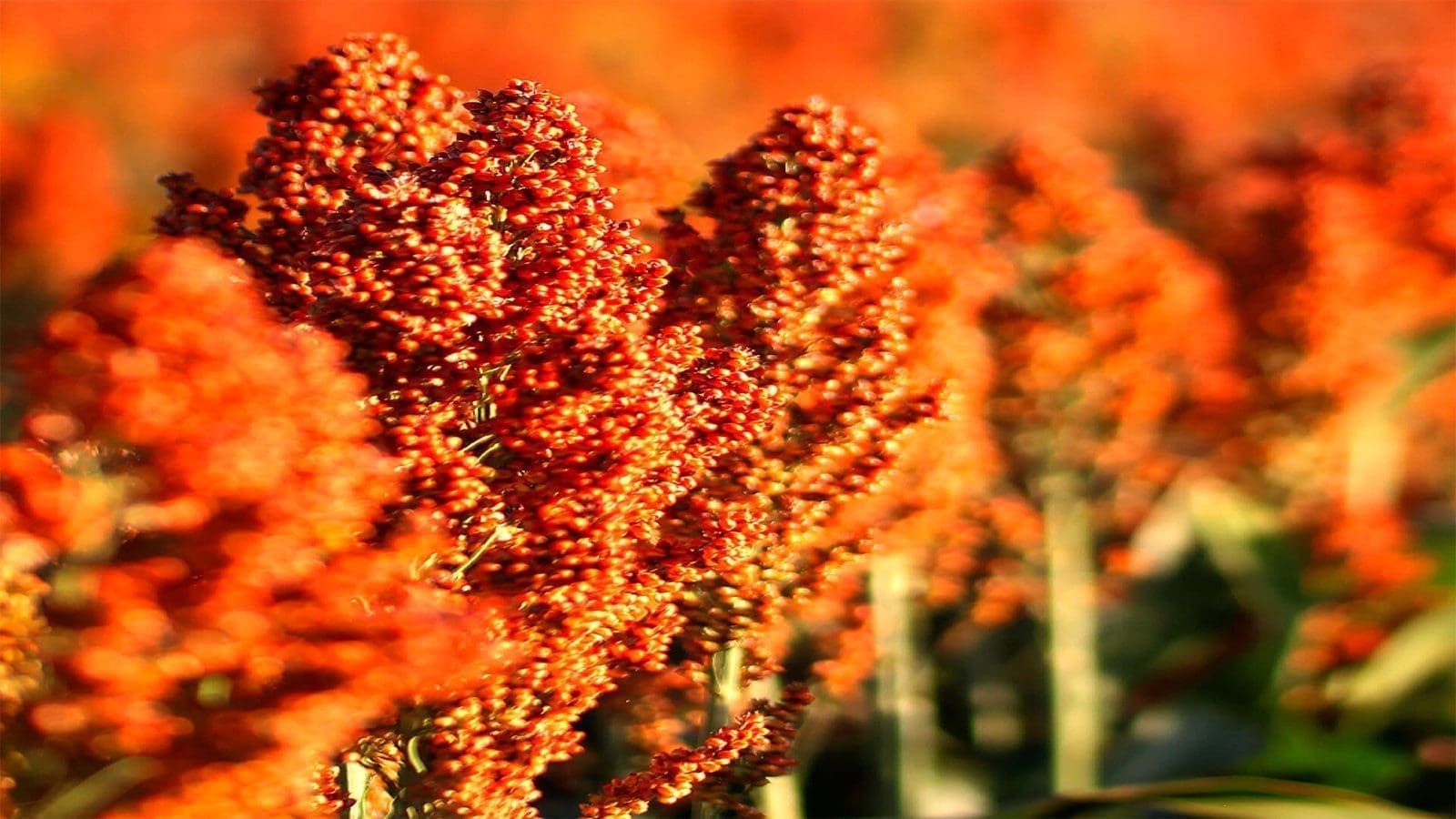U.S – The U.S. Food and Drug Administration (FDA) has identified Salmonella on-farm, post-harvest, and off-farm in three Cantaloupe farms linked to a Salmonella typhimurium outbreak that occurred during July–September 2022.
The investigation however failed to identify a specific microbial source or route that resulted in the outbreak.
The outbreak in question caused 88 reported illnesses and 32 hospitalizations in the U.S. Epidemiology and traceback activities led investigators to cantaloupe grown in Southwest Indiana during the summer of 2022.
As a result of the traceback, the FDA looked into three farms, their shared packinghouse, and adjoining public areas in Indiana.
Each location had environmental samples that tested positive for Salmonella, however whole genome sequencing (WGS) revealed that none of the isolated Salmonella strains accurately matched the strain associated with the incident.
According to the outbreak response investigation, the American Centers for Disease Control and Prevention (CDC) informed the FDA about a multistate cluster of S. typhimurium illnesses in August 2022 that were geographically distributed in the upper Midwest of the country and may have been linked to melon exposures.
However, none of the isolates were a definitive match to the 2022 outbreak strain. The isolates in the cluster of illnesses were within seven alleles and eleven single-nucleotide polymorphisms (SNPs) of two FDA soil swab samples obtained from a 2020 outbreak investigation in Indiana.
The FDA’s 2022 traceback investigation identified 11 points of service, eight of which traced back to a common packinghouse.
However, there was no convergence to a single shipment of products, so three farms that supplied the common packinghouse were identified as potential sources of cantaloupe.
As a result of the investigation, no cantaloupes were recalled, and no public alert was given because the implicated products were no longer available in the market.
In light of the investigation into the foodborne illness epidemic, the FDA recommends that producers of melons and related produce examine present situations and procedures to see if they are sufficient or if further preventative actions are necessary.
The growers are advised to understand previous land use to identify and address potential sources of pathogens that may affect farming operations and be cognizant of and assess risks that may be posed by adjacent and nearby land uses, especially as it relates to the presence of livestock, including poultry, and the interface between farmland and other agricultural areas.
The FDA also recommends considering additional tools such as pre-harvest and/or post-harvest sampling and testing of products to help inform the need for specific prevention measures and properly applying manures that have been treated with a validated and verified process to reduce pathogens (e.g., composting with time and temperature measurements).
In addition, it encourages inspection, maintenance, cleaning, and, when necessary and appropriate, sanitizing all food contact surfaces of equipment and tools frequently to protect against contamination.
“When appropriate, use cleaning and sanitization products approved by the U.S. Environmental Protection Agency (EPA), following label instructions for application,” says FDA.
The growers should consistently execute Standard Operating Procedures (SOPs) for cleaning and sanitizing, and communicate effectively about SOPs and any changes to SOPs, and conduct root-cause analyses to identify how human pathogen sources in the broader agricultural environment may contribute to contamination.
Further, they should improve traceability through increased digitization, interoperability, and standardization of traceability records.
For all the latest food safety news from Africa and the World, subscribe to our NEWSLETTER, follow us on Twitter and LinkedIn, like us on Facebook and subscribe to our YouTube channel.








